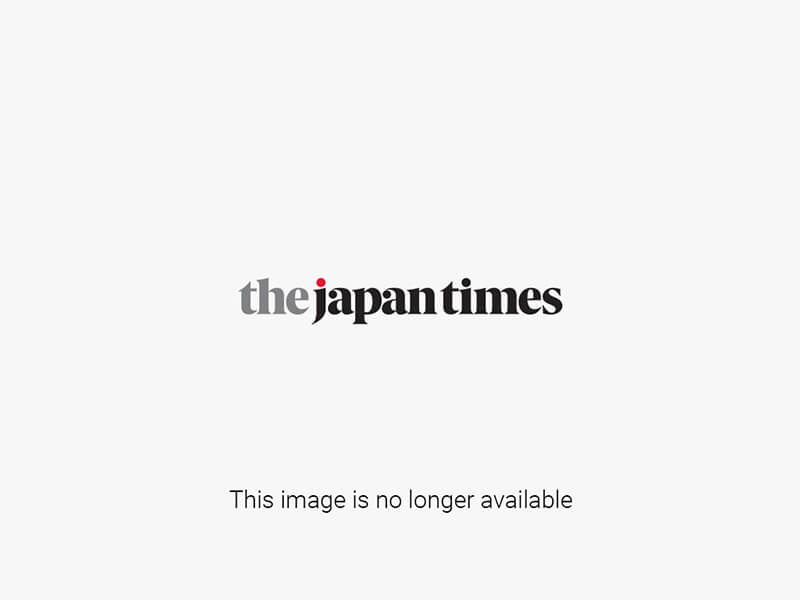In December, the former gūji (head priest) of Tokyo's famous Tomioka Hachimangu Shrine allegedly murdered his sister before committing suicide. Later, it was reported by various media that the suspect, Shigenaga Tomioka, had taken over the position from his father in 1995, but apparently the father disapproved of his son's spendthrift habits and, after temporarily reassuming the head priest position, willed it to his daughter, Nagako, who took over in 2010. She asked that the Association of Shinto Shrines, which oversees all of Japan's shrines, approve her ascension, and when they failed to respond, Nagako withdrew Tomioka Hachimangu from the group.
According to the tabloid press, Nagako herself reverted to the kind of extravagant lifestyle her brother enjoyed and which angered their father. She seems to have had a particular fondness for expensive host clubs. One of the more interesting aspects of this lurid story is the idea of a Shinto shrine as a lucrative family business. In principle, the association controls a shrine's activities, including its financial situation and the appointment of the head priest, but Tomioka Hachimangu — even the name is linked to the family — clearly was a self-governing business. Friday magazine estimated its yearly income to be at least ¥500 million. How much of this money went to the association is not known, but in any case it seems obvious that the two siblings were fighting over more than just a position of authority. There was a lot of cash at stake.
How much cash is at stake is difficult to know, since Shinto shrines and Buddhist temples do not disclose how much they receive in offerings. The information website AndYou.media made a rough estimate, however, by multiplying the number of estimated visitors at the top 10 sites of worship in Japan during the three-day new year holiday and multiplying those numbers by the average amount of saisen offerings. According to their calculations, Meiji Shrine in Tokyo, the most popular shrine in Japan, takes in about ¥1.3 billion. Naritasan Shinshoji, a temple in Chiba Prefecture, comes in second with about ¥1.24 billion. And that's only for three days. The rest of the year shrines and temples earn money from activities such as prayers and blessings and other services requested by worshippers. These amounts are also unknown because they also count as contributions and thus do not have to be strictly recorded.



